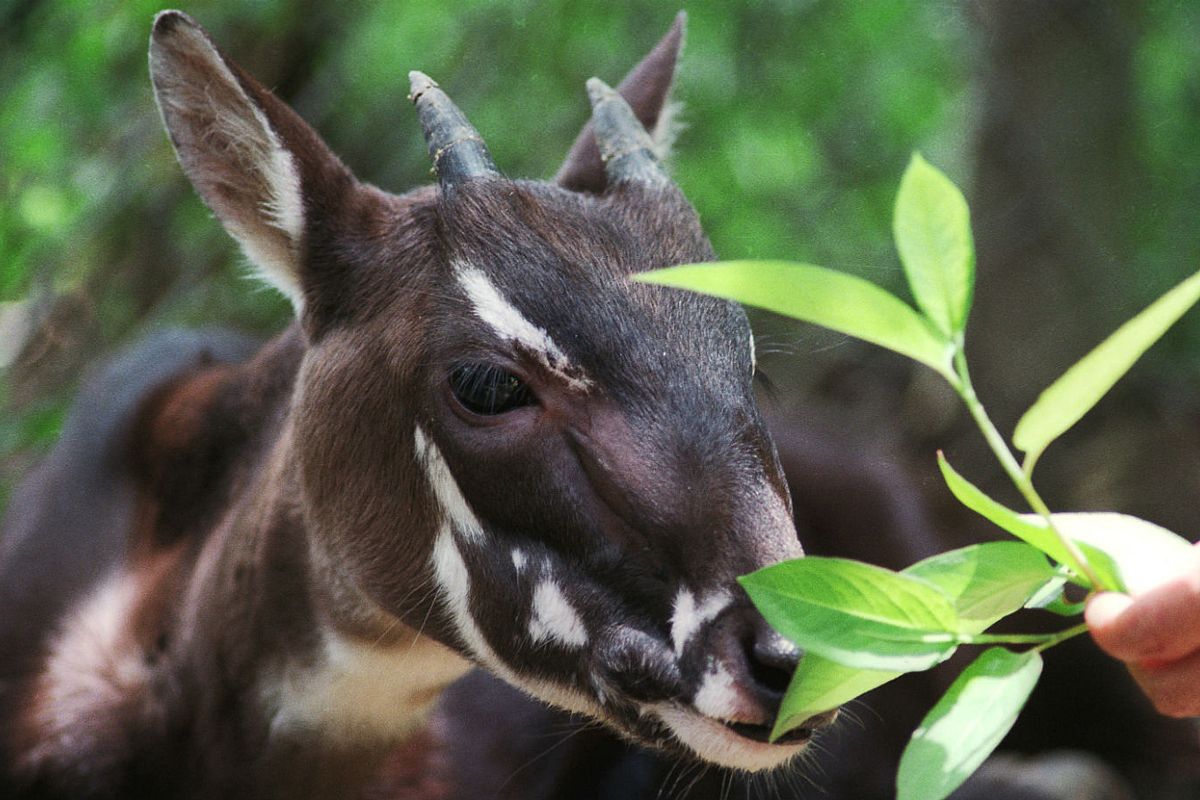Vietnam animals are one of the most underrated appeals of the country. Learn more about the most popular and endangered species of animals of Vietnam with this article.
Vietnam is beloved worldwide for its unparalleled biodiversity, thanks largely in part to Vietnam animals. Alongside flora, they make up an integral part of the country’s natural appeal. For a great Vietnam travel experience, read on to see why Vietnam is a great destination for nature enthusiasts.
1. Which is the national animal of Vietnam?
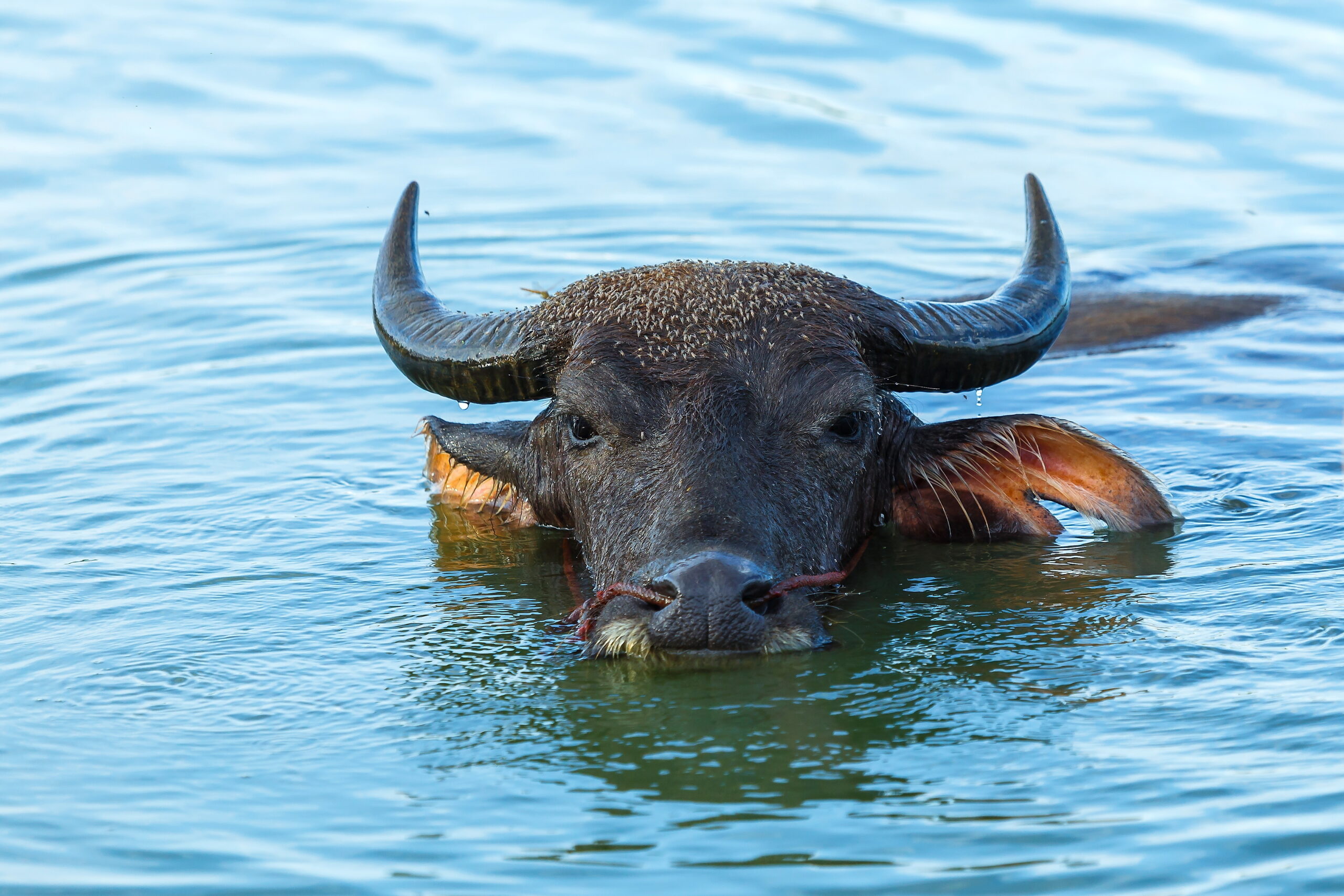
First on the list of Vietnam animals is the water buffalo, the national animal. As Vietnam prides itself on agricultural developments throughout the entirety of its history, this Vietnam national animal perfectly reflects the values of the country and people.
The water buffalo holds a special place in Vietnamese culture and history. These gentle giants have been an essential part of the rural farming landscape for centuries. They are frequently depicted in art and literature about Vietnam countryside, farmers, and rice fields, going hand in hand with the nation’s agricultural traditions.
The water buffalo represents two of the most significant values of Vietnamese people: diligence and resilience. If you travel to Vietnam rural areas, you can easily see the national animal of Vietnam with your own eyes.
2. Top 10 noteworthy Vietnam animals to see on your trip
Vietnam is home to many different species of animals, with some being native to the country. Should you need a checklist of species you want to admire, check out these 10 Vietnam animals:
2.1. Red-shanked douc

The red-shanked douc is a stunning and colorful monkey species native to the forests of Central Vietnam. With its vibrant red legs and striking facial patterns, it is often considered one of the most beautiful primates in the world. However, it has been listed as Critically Endangered in Vietnam’s Red Data Book.
2.2. Indian elephant
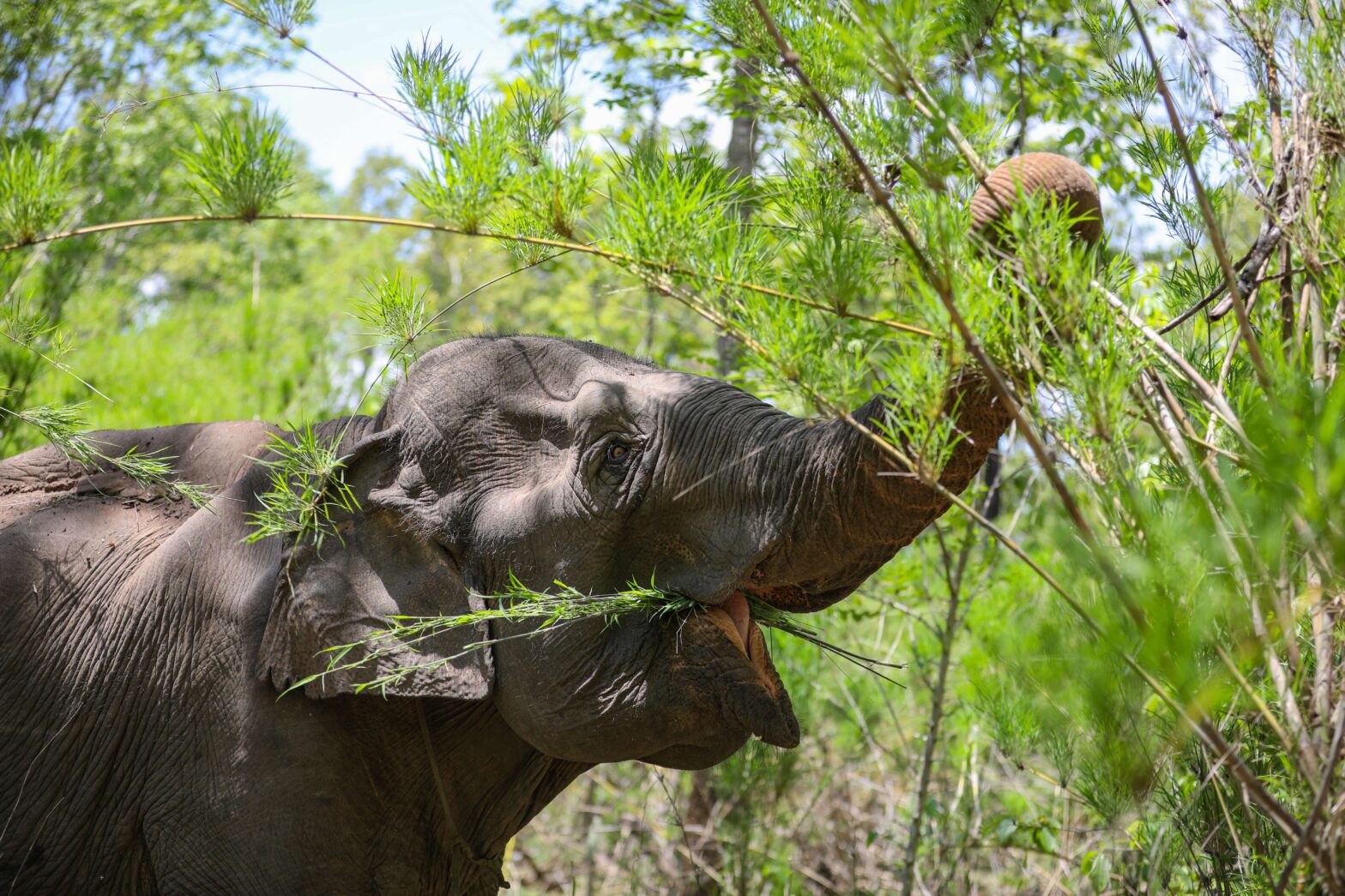
Although not as abundant as they once were, the Indian elephant can still be found in some regions of Vietnam. As one of the most magnificent Vietnam animals, these giants will captivate all explorers and nature enthusiasts.
2.3. Sun bear

The smallest bear species in the world, the sun bear, is also known as the “honey bear” due to its fondness for honey. These elusive bears can be found in the dense forests of Vietnam.
2.4. Burmese python

Vietnam’s jungles are home to various reptiles, including the Burmese python. These large and powerful Vietnam animals are often spotted near bodies of water and are impressive predators.
2.5. Mossy frog
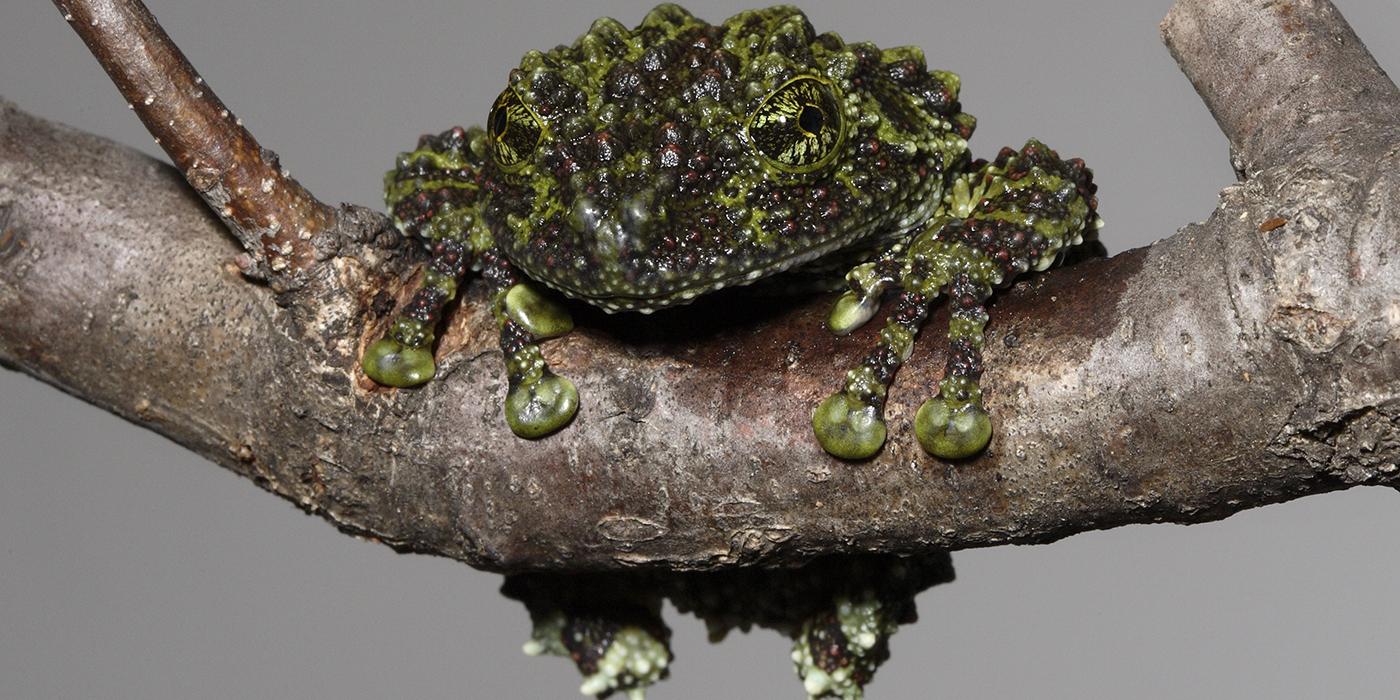
Mossy frogs have a unique appearance, resembling moss or lichen, helping it blend seamlessly into the forest surroundings. This clever camouflage is a vital defense mechanism against predators, making it one of the most interesting Vietnam rainforest animals.
2.6. Slow loris
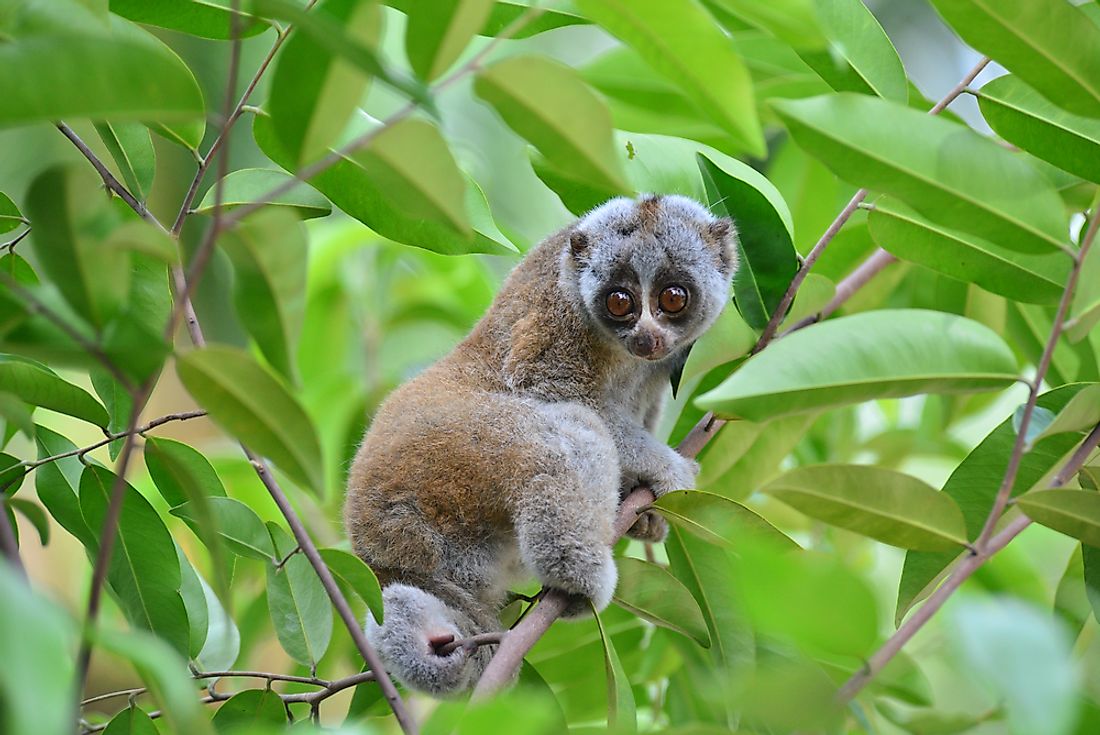
Don’t let their big eyes mislead you, slow lorises are nocturnal creatures with a toxic bite. Despite that, they are still extremely intriguing Vietnam animals. Sadly, they are also considered endangered animals in Vietnam now.
2.7. Pangolin
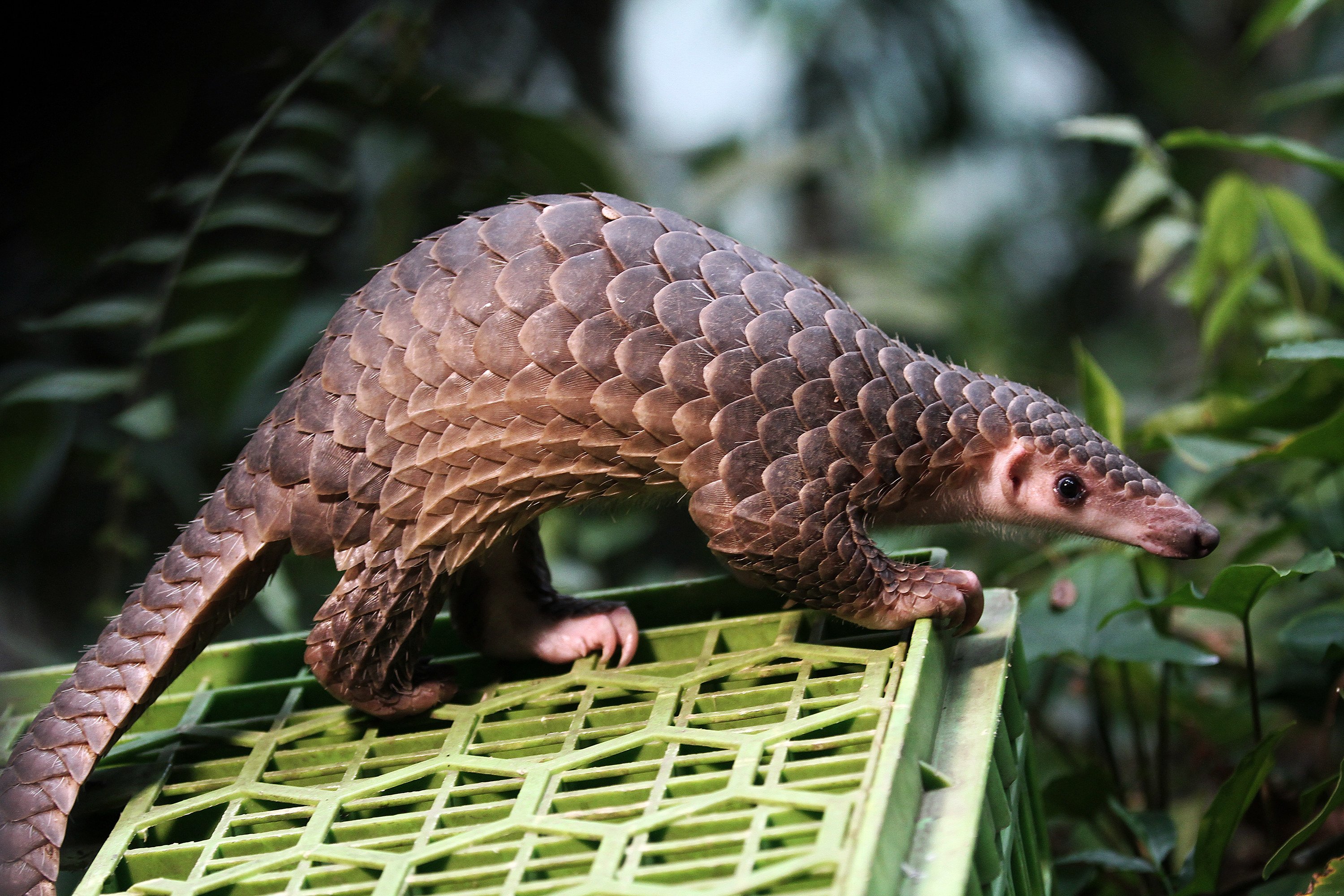
Pangolin is one of the most trafficked animals in the world due to the high demand for its scales and meat. Vietnam is home to both the Sunda pangolin and the Chinese pangolin.
2.8. Flying squirrel
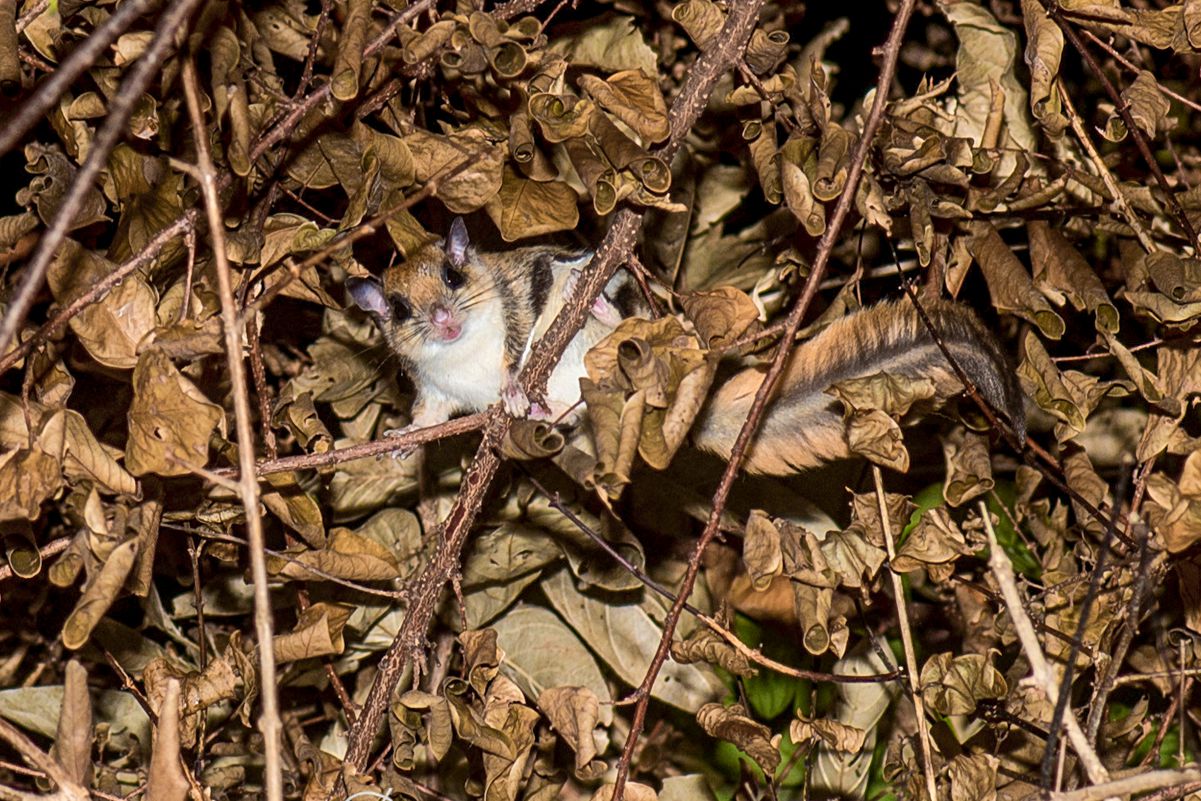
Flying squirrel has a membrane between its limbs that allows it to glide from tree to tree gracefully. This adaptation helps it navigate through dense forests and become one of the most peculiar Vietnam animals.
2.9. Great hornbill

The great hornbill is an impressive bird with a large colorful beak. Although it used to be present in almost every forest, it is now one of Vietnam rare animals due to poaching
2.10. Asian water monitor
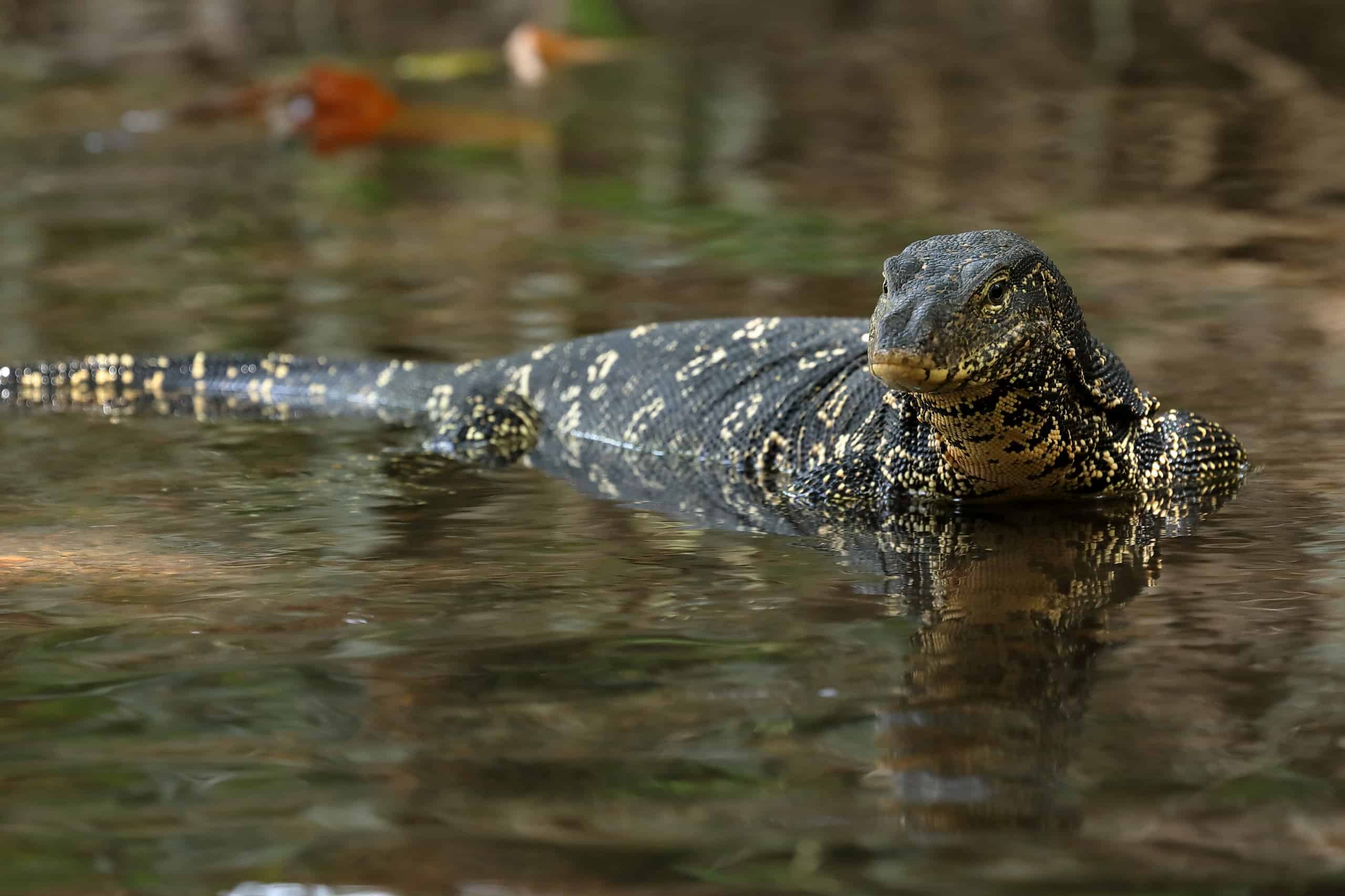
The Asian water monitor is a formidable reptile that can grow to an impressive size. It is often found near water sources and is a fascinating sight for wildlife enthusiasts.
3. Things to know about the most endangered Vietnam animals
Vietnam is facing challenges in preserving its wildlife due to factors such as deforestation, poaching, and habitat loss. As a result, several prominent Vietnam animals are on the brink of extinction.

Authorities and locals alike are doing their part in preserving these creatures and the biodiversity of the country. Here is a list of Vietnam animals that are endangered, aside from the ones listed above:
- Saola: Often referred to as the “Asian unicorn” due to its elusive nature, it is a critically endangered antelope-like animal.
- Delacour’s langur: A striking primate species with its black and white fur.
- Siamese crocodile: Once widespread across Southeast Asia, they are now critically endangered, with only a few small populations remaining in Vietnam.
- Black-breasted leaf turtle: One of the native animals in Vietnam and one of the smallest turtles in the world, this species is facing numerous threats.
- Tonkin snub-nosed monkey: Endemic to Northern Vietnam, this animal is known for its distinct upturned nose.
- Golden-headed langur: This is one of the rarest primates in the world, native to the limestone forests of Northern Vietnam.
- Indochinese tiger: As a subspecies of the tiger, these Vietnam wild animals are critically endangered, with only a few individuals remaining.
- Black-crested gibbon: Characterized by their long limbs, these primates are the source of long and loud “songs” in the forests of Northern Vietnam.
- Sarus crane: This is the tallest flying bird in the world. In some countries, it represents longevity and marital fidelity.
- Gaur: Also known as the Indian bison, this is the largest bovine species in the world.
4. Where are the best places to see Vietnam animals?
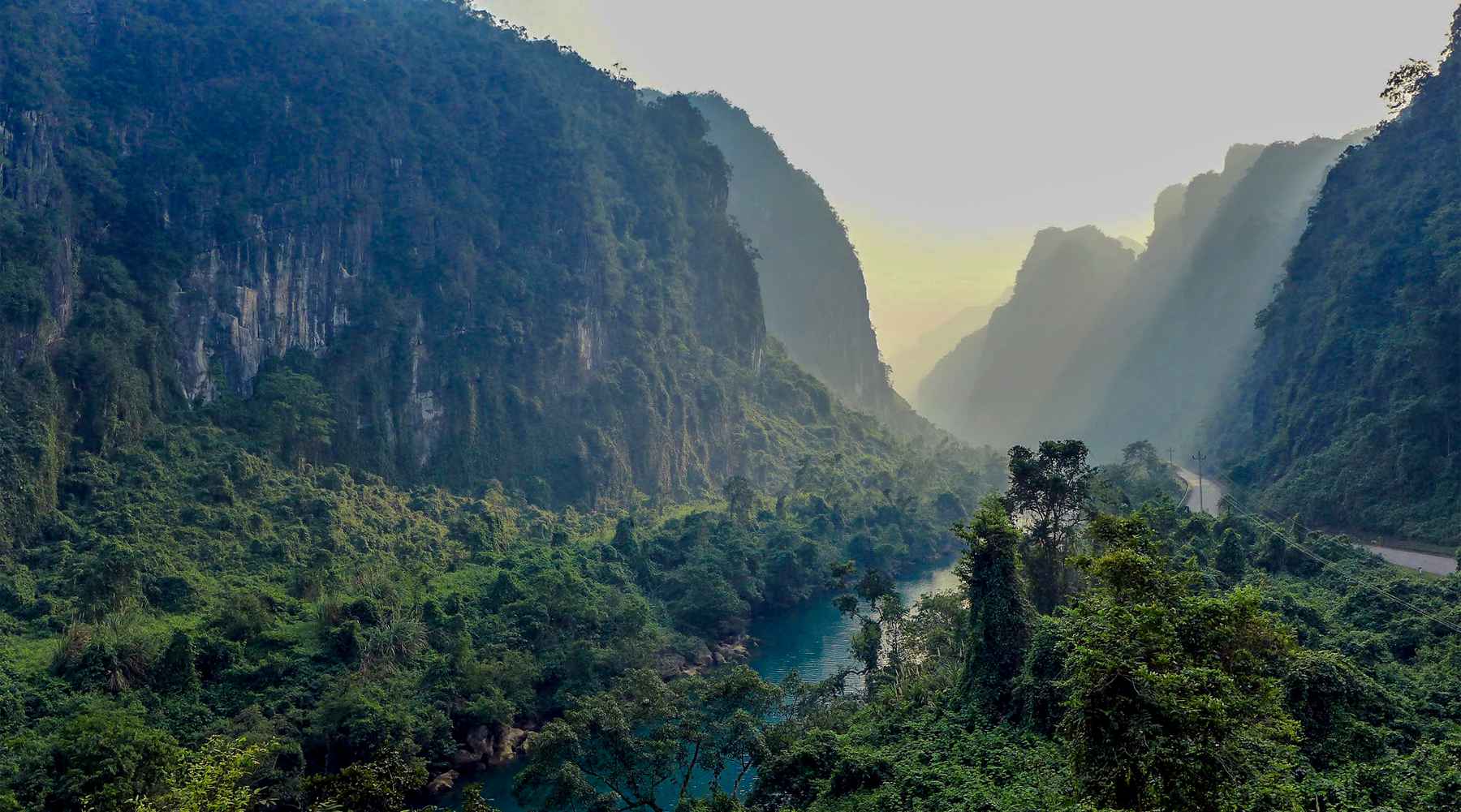
To witness Vietnam’s diverse wildlife in its full glory, it is best to visit Vietnam national parks and animal sanctuaries. There, not only can you see Vietnam wildlife conservation efforts, you can also admire some of the most beautiful Vietnam animals in their natural habitat. Some prominent national parks in Vietnam include:
- Cuc Phuong National Park
- Phu Quoc National Park
- Bidoup Nui Ba National Park
- Tram Chim National Park
- Bang Lang Stork Sanctuary
